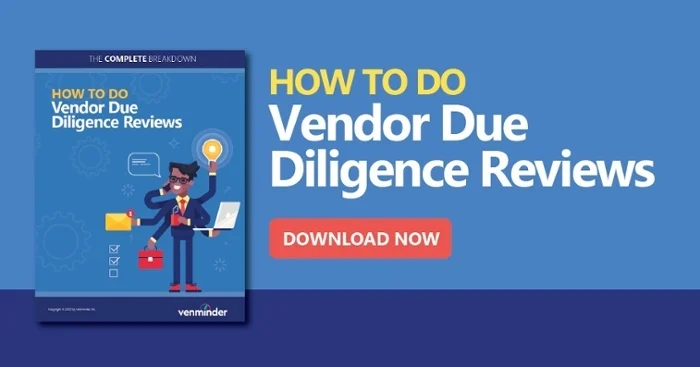We often like to say analyzing vendor financial statements should be a critical component of your due diligence because it’s “not just about the numbers.” It can lead to discovering some risky trends or patterns the vendor is experiencing that may result in a decline in service levels, sudden layoffs, poor customer service if they’re a customer facing vendor and more.
With that said, financials aren’t the only numbers you should be reviewing. Reporting is critical in vendor management and, actually, it’s one of the six pillars of vendor management. In case you need to familiarize yourself, those pillars are:
- Selecting a vendor
- Risk assessment
- Due diligence
- Contractual standards
- Reporting (!!!)
- And ongoing monitoring
Reports You Should Have on Your Third Parties
Analyzing data can share so much about the health of a vendor relationship. It gives you insight that you’d otherwise not have without digging a little further. Here are 6 reports, at a minimum, you should have on your third parties:
- A report showcasing your organization’s total inventory of third party vendors.
- A report on the overall status of assessing vendor risk. For example, this report may contain how many vendors are critical vs. non-critical and how many vendors are high, medium or low risk
- A report on overall due diligence. In this case, you want to be able to show how many documents, any upcoming due diligence reviews that need performed and any overdue or missing reviews.
- A report detailing ongoing monitoring activities, such as what your team is doing for monitoring vendors.
- A report regarding contracts that includes upcoming renewals, terminations, notable problems such as service level or performance issues and more.
- A report on major changes with high-risk vendors and critical vendors. Regulatory guidance, such as OCC Bulletin 2013-19, requires you keep the board as informed as possible regarding those relationships.
The last page of the board report should be the schedule of reports to your audit, risk committee and/or board. Reporting can help you discover and combat vendor issues early on. If you find it in the numbers, there’s no denying it and it must be addressed.
Regular Reporting Can Identify Vendor Management Issues
Here are some issues that you may discover in regular reporting:
- The vendor is steadily increasing prices every year to a point that you’re not sure they’re the best fit anymore. In other words, the benefits of their service/product do not outweigh the cost.
- The vendor isn’t meeting performance expectations. They’re constantly missing service levels that were agreed to in the contract.
- The vendor doesn’t have a new SOC report and they should, so that’s a problem that needs addressed.
- The vendor used to be low risk but now they’re suddenly high risk. What gives?
As you can see, reporting is important as vendor management reports at a glance provide a deeper overview of the overall program.
Make sure you are covering all the right due diligence items. Download this eBook for a breakdown.




